
Especially with the recent popularity of protein-heavy diets (not naming any names here…), I’ve been hearing so many friends and family talk about protein and protein sources.
But other than knowing that protein is one of the three macronutrients (the other two being fat and carbohydrates), and being able to rattle off some key sources of plant protein, I honestly didn’t know very much about it.
If this is you, too^^, then keep reading for the low-down on protein — we’ll cover all the basics, including what protein is and what it does for the body, the differences between plant and animal protein sources, and everything you need to know about protein needs for babies and toddlers.
Ready? Let’s go…
What is protein? (And what does it do?)
Proteins are organic compounds that exist everywhere in our bodies — they’re in our muscles and bones, our skin and hair, and all of our organs and tissue. The main structural components in virtually all of our body’s cells, proteins are made of amino acid chains and can vary greatly in size, composition, and shape (as one article described, the variations are “infinitely diverse and complex”).
Fun fact: Our bodies are able to make and modify some amino acids (again, the building blocks that make up protein) on their own, but others we need to eat to obtain. There are more than 20 kinds of amino acids; the nine specific ones that our bodies cannot independently produce are called essential amino acids.
Proteins serve a host of different purposes in our bodies:
- They provide fuel (calories) for the body;
- They’re critical for healthy growth and development — especially during childhood, adolescence, and pregnancy;
- They help the body to form and heal cells and tissue;
- They play a key role in numerous bodily processes, including blood clotting, our immune system’s responsiveness, fluid balance, hormone production, antibody formation, eyesight, and enzyme production…
Point is: protein is a powerhouse of an organic compound.
What is the difference between plant protein and animal protein?
The big, buzzy difference between plant and animal proteins is that animal proteins are considered “complete” because they contain all nine essential amino acids. While some plant proteins are also complete (we’ll get to those shortly), most common plant proteins are not. Animal foods also tend to contain more (concentrated) protein than plant foods — meaning you’d have to consume more food to get the same amount of protein from plants than you would from animal foods. And some plant foods that are excellent sources of protein (see below) are not necessarily foods we usually (or should) eat in larger servings (looking at you, spirulina).
This doesn’t necessarily mean plant foods are any “less than” in the protein department, but rather that they don’t contain all nine essential amino acids. It’s entirely possible to get all the protein you need from plant sources, the trick is simply to combine multiple sources over the course of a day/days to meet all the body’s needs.
Here’s a quick run-down of high-protein foods in the animal and plant categories:
|
Plant Protein Sources |
Animal Protein Sources |
|
Soy products (tofu, tempeh, edamame*) |
Eggs |
|
Seitan |
Fish/Seafood |
|
Nuts, Nut Butters, and Seeds (i.e., chia* & hemp* seeds) |
Lean Meat |
|
Certain Whole Grains (buckwheat*, quinoa*, wheat, and wild rice) |
Poultry |
|
Peas |
Wild Game |
|
Legumes (chickpeas, lentils, split peas, beans) |
Dairy (milk, cheese, yogurt) |
|
Nutritional Yeast* |
|
|
Ezekiel Bread* (sprouted grain bread) |
|
|
Spirulina* |
* in the plant column denotes complete protein sources that contain all 9 essential amino acids; all of the animal protein sources listed are complete.
Animal & Plant Proteins: Pros and Cons
Animal- and plant-based proteins both have advantages and drawbacks. Let’s look at each in turn:
Nutritionists remind us that just because all animal protein is “complete” does not necessarily mean it’s all healthy — watch out especially for processed meats and meat products that contain excess salt and/or fat (such pepperoni, hot dogs, bacon, etc.). Red meat has also been linked to an increased risk for heart disease and stroke. On the other hand, some sources of animal protein can be healthy and economical. Fish in particular have been associated with numerous health benefits, including reduced cognitive decline and lower rates of heart disease.
Turning our attention to plant-based proteins, the big drawback is that few, on their own, are complete. However, this can easily be overcome by consuming a variety of plant protein sources in your daily diet (don’t worry about protein pairing at every meal — just think about balancing out your sources over the course of a day).
This handy protein pairing chart from the American Society for Nutrition may come in helpful:
|
Food |
Limited Amino Acid |
Complement |
|
Beans |
Methionie |
Grains, nuts, seeds |
|
Grains |
Lysine, threonine |
Legumes |
|
Nuts/seeds |
Lysine |
Legumes |
|
Vegetables |
Methionine |
Grains, nuts, seeds |
|
Corn |
Tryptophan, lysine |
Legumes |
While deriving protein mainly from plants may demand a little more attention and care, numerous studies suggest plant-based eating may be healthier overall — it’s linked to lower blood pressure, reduced body weight, lower cholesterol levels, and a decreased risk for cancer, stroke, and heart disease. Some studies also show that plant-based diets can be beneficial for prevention and treatment of type 2 diabetes. (A reminder: just as not all animal proteins are healthy, not all plant-based foods are healthy. Many processed vegetarian or vegan foods contain added sugar, salt, or other additives — and in fact numerous “old-school” junk foods are technically vegan: fruit roll ups, potato chips, Fritos, and pudding are all vegan, for example.)
Protein for Babies and Toddlers
While many parents may be worried that their children aren’t getting enough protein, in the United States this is frankly unlikely. Studies show that most babies and toddlers in the U.S. are indeed getting sufficient protein from their diets, and in fact researchers tend to be more concerned about excess protein intake than insufficient protein intake.
For babies <1, breast milk and formula are both excellent sources of protein that meet babies’ needs; and for toddlers and older children, the same healthy sources of plant- and animal-based proteins as we adults consume are wonderful. In thinking about our day-to-day feeding habits and patterns as parents, as long as your baby/toddler is eating enough and you’re offering a balanced variety of fresh wholesome foods, they’re very likely getting enough protein.
If you still want some kind of benchmark, here are the recommended intake amounts for different age groups, according to the British Nutrition Foundation:
|
Age group |
Recommended daily protein intake (g) |
|
0-3 months |
12.5 |
|
4-6 months |
12.7 |
|
7-9 months |
13.7 |
|
10-12 months |
14.9 |
|
1-3 years |
14.5 |
|
4-6 years |
19.7 |
7-10 years 28.3
By the way — and at the risk of repeating myself — most kids consume more than these amounts^^. According to one study, the average toddler (1-3 years old) consumed 41 g protein daily and the average child (4-10 years old) consumed 53 g protein per day. The reality is that children in developed, industrialized countries like the U.S. and U.K. are getting their protein (and then some).
Healthy Protein for Your Family
According to the U.S. Dietary Guidelines for Americans, some 75% of adults meet or exceed the recommendations for meats, poultry, and eggs. Given these statistics (plus the fact that most Americans do not consume the recommended amount of seafood), more nutritionists are advising families to seek out more plant-based sources of protein in their diets. Especially if you are vegetarian or vegan, it’s a great idea to keep a list of protein-rich foods somewhere visible (I keep one on our refrigerator, for example), so that over the course of a day you have an easy reference for a variety of different plant-based proteins.
At Amara, we do everything plant-based! We hand pick the freshest whole-foods ingredients at peak harvest, and our patented nutrient protection technology maintains the nutrition and structure of everything — which means you can rest assured that the proteins in our baby foods remain intact. Plus, all of our recipes are designed with input not just from a chef but also from our in-house nutrition PhD, who ensures each meal is nutritionally balanced and complete. For protein-rich meals, check out our Organic Veggie Blend, Black Bean and Sweet Corn, and Ancient Grain Cereal.
Additional References
https://www.hsph.harvard.edu/nutritionsource/what-should-you-eat/protein/
https://medlineplus.gov/ency/article/002467.htm
https://publications.aap.org/aapbooks/book/667/chapter-abstract/8087152/Protein?redirectedFrom=fulltext?autologincheck=redirected
https://www.accessdata.fda.gov/scripts/interactivenutritionfactslabel/protein.cfm
https://www.healthline.com/nutrition/animal-vs-plant-protein
https://nutrition.org/protein-complementation/
https://www.fao.org/3/ae906e/ae906e22.htm
https://www.nutrition.org.uk/media/1z2ekndj/nutrition-requirements-update.pdf
https://mamamadefood.com/blogs/mamamadeblog/plant-based-proteins-for-babies-toddlers
https://www.myplate.gov/eat-healthy/protein-foods
James LEA . Quinoa (Chenopodium quinoa Willd.): composition, chemistry, nutritional, and functional properties. Food Nutr Res 2009
Richter M et al., Revised Reference Values for the Intake of Protein. Ann Nutr Metab. 2019
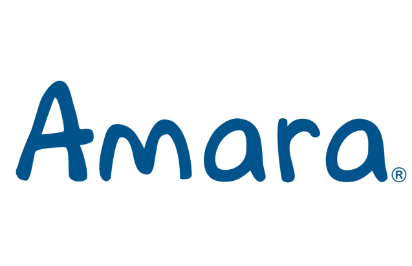



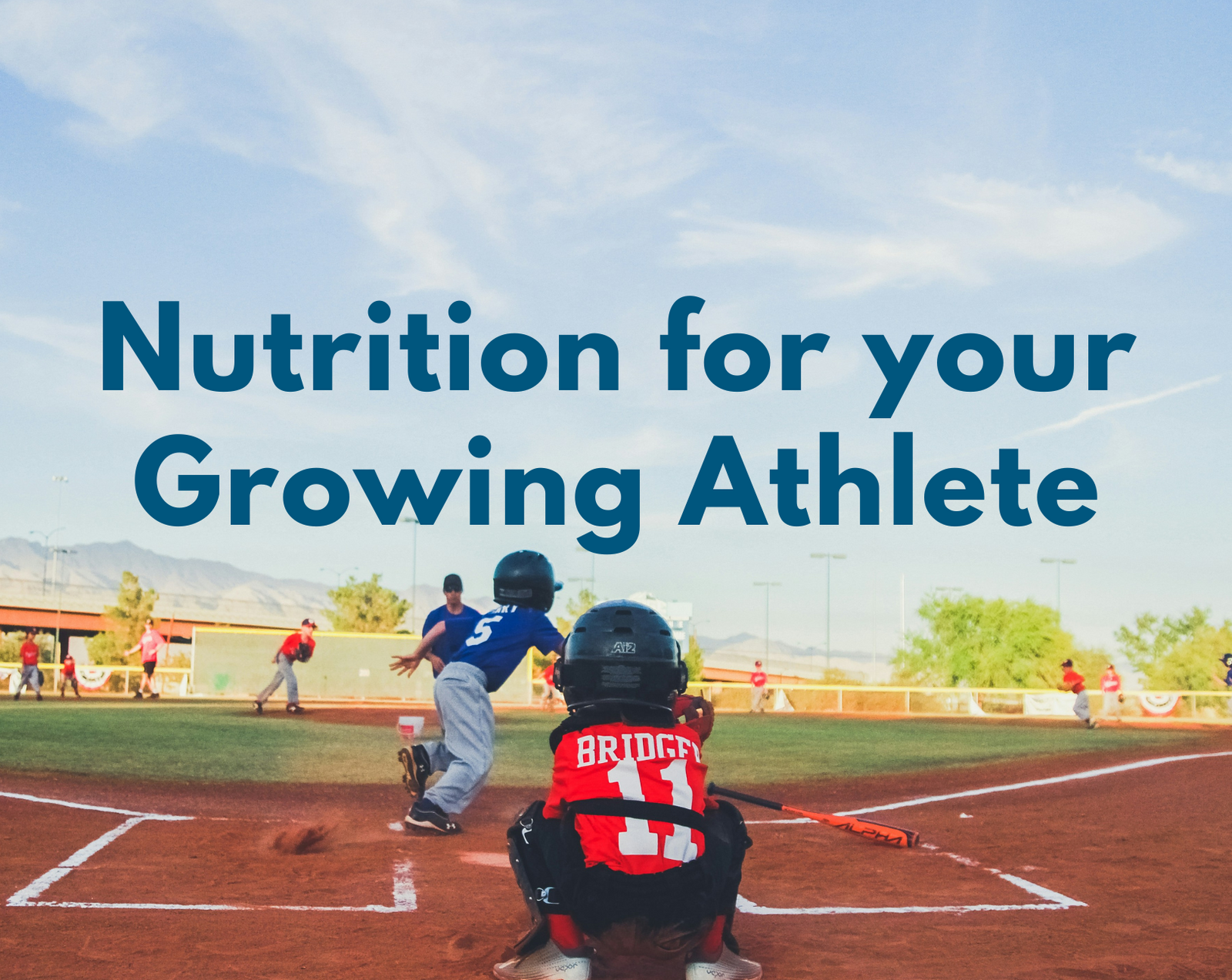
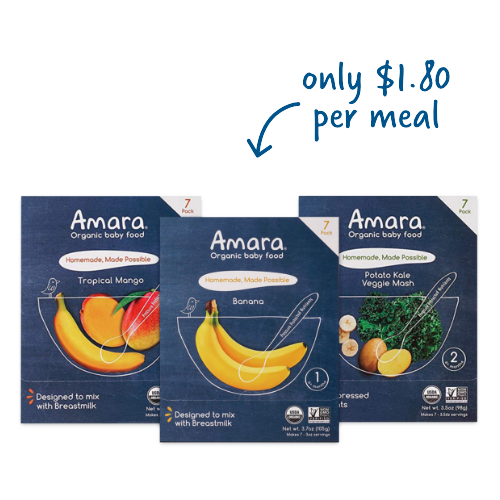
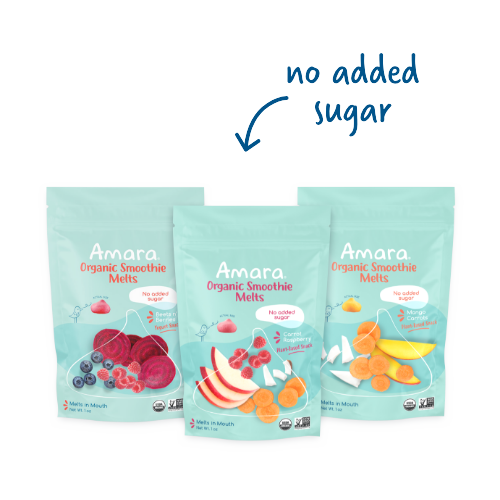
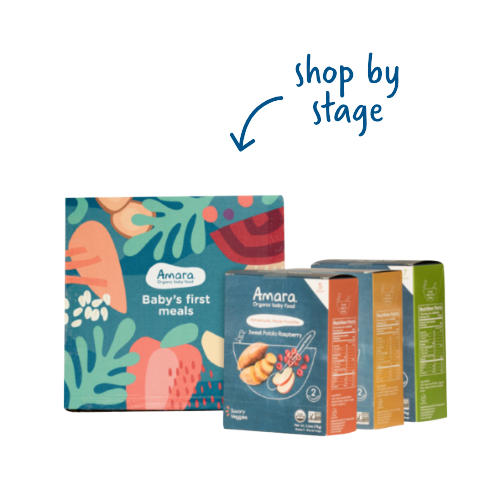
Leave A Comment